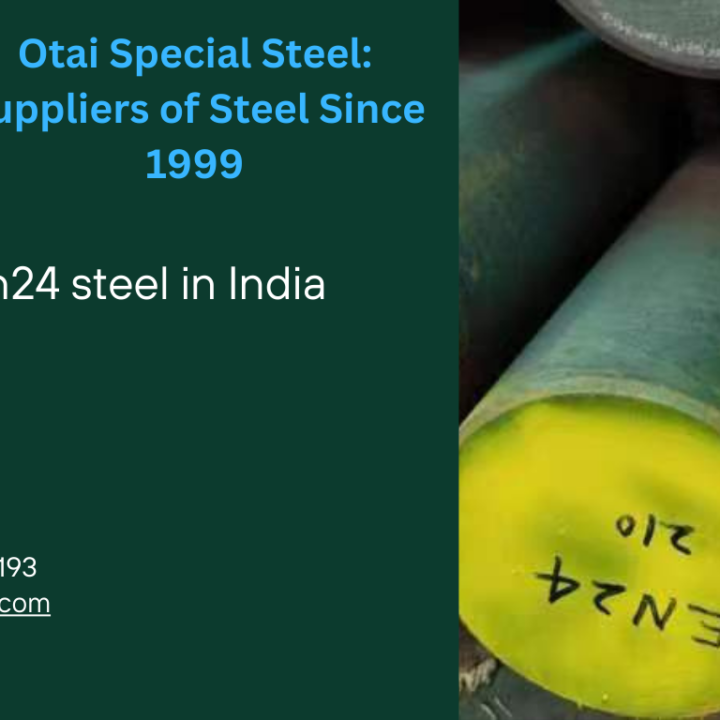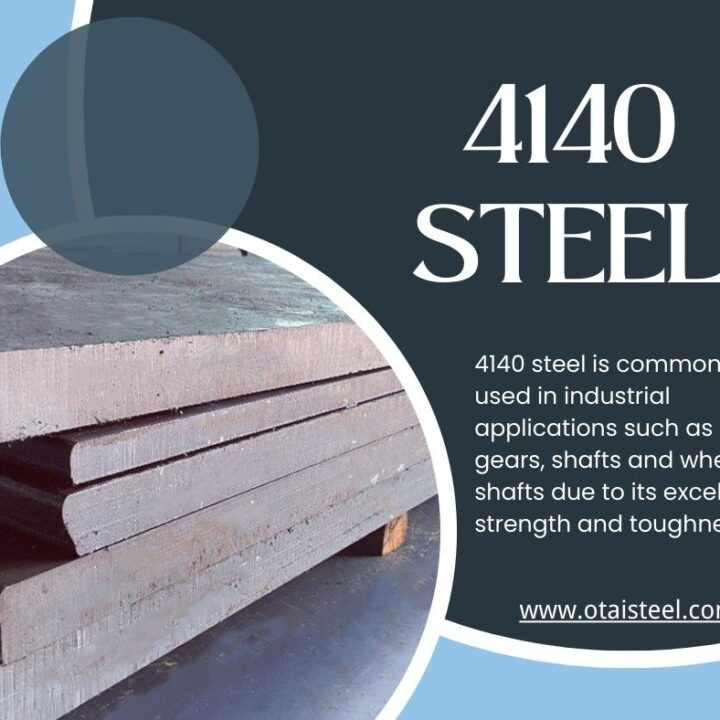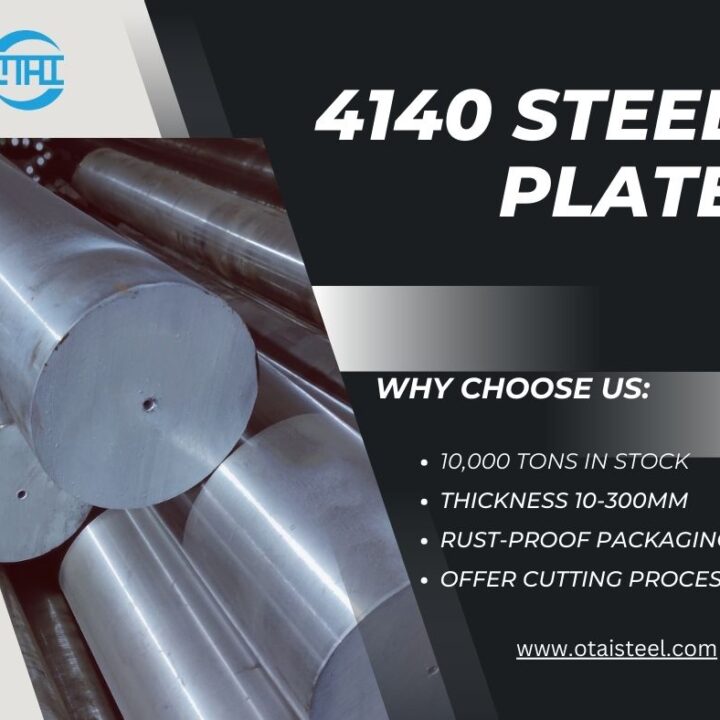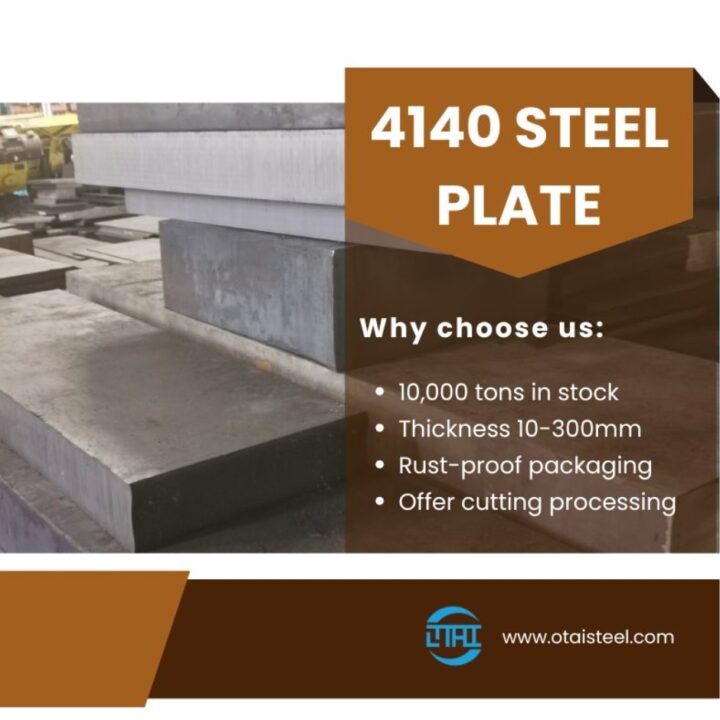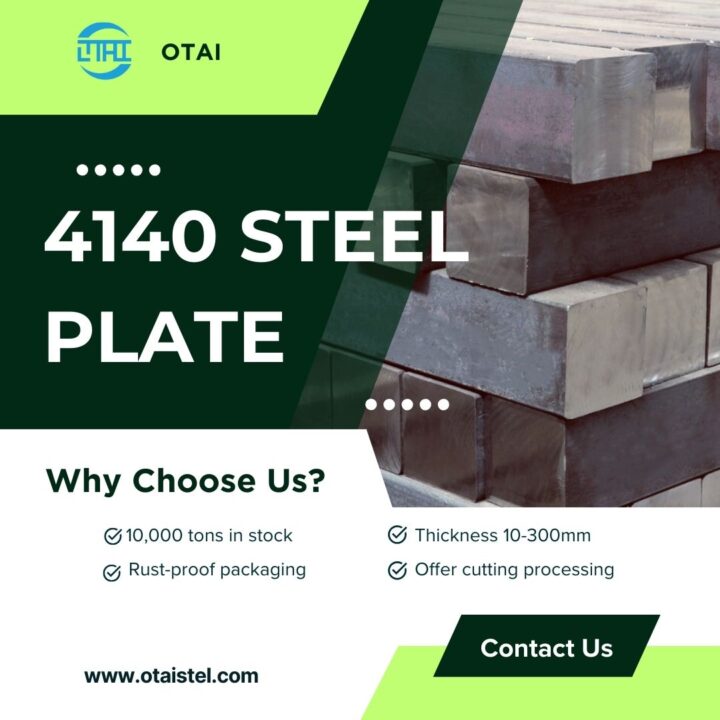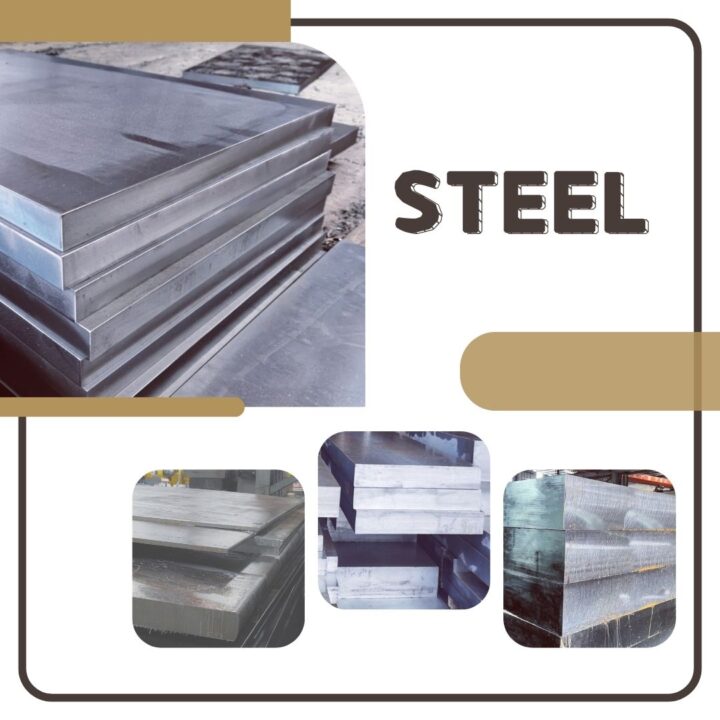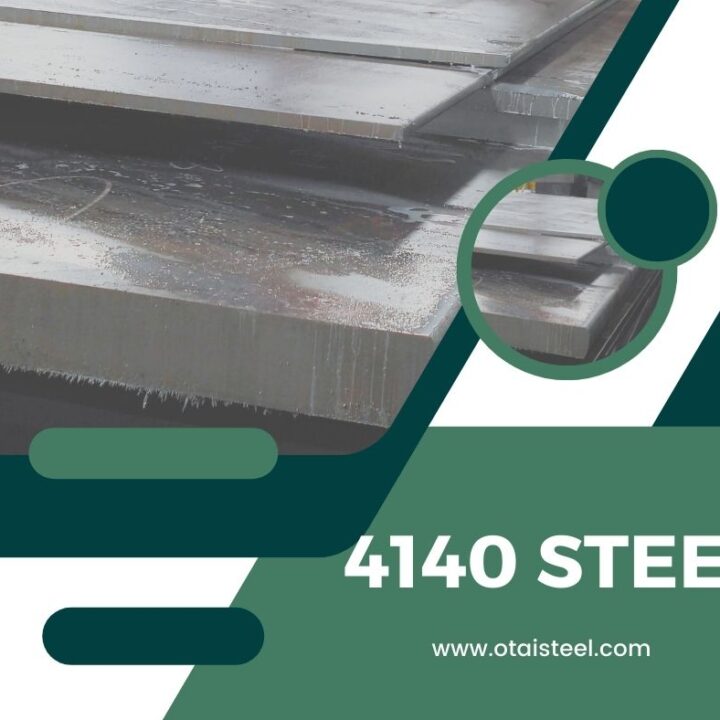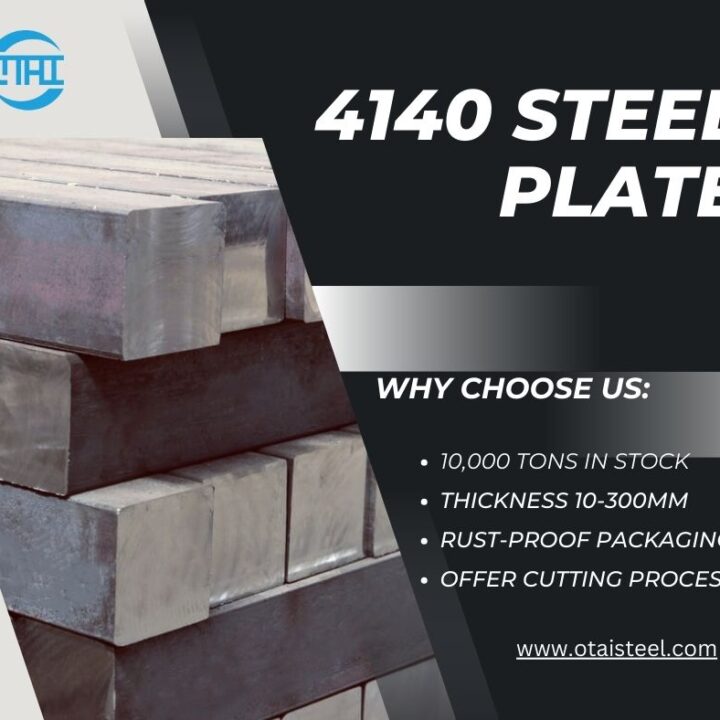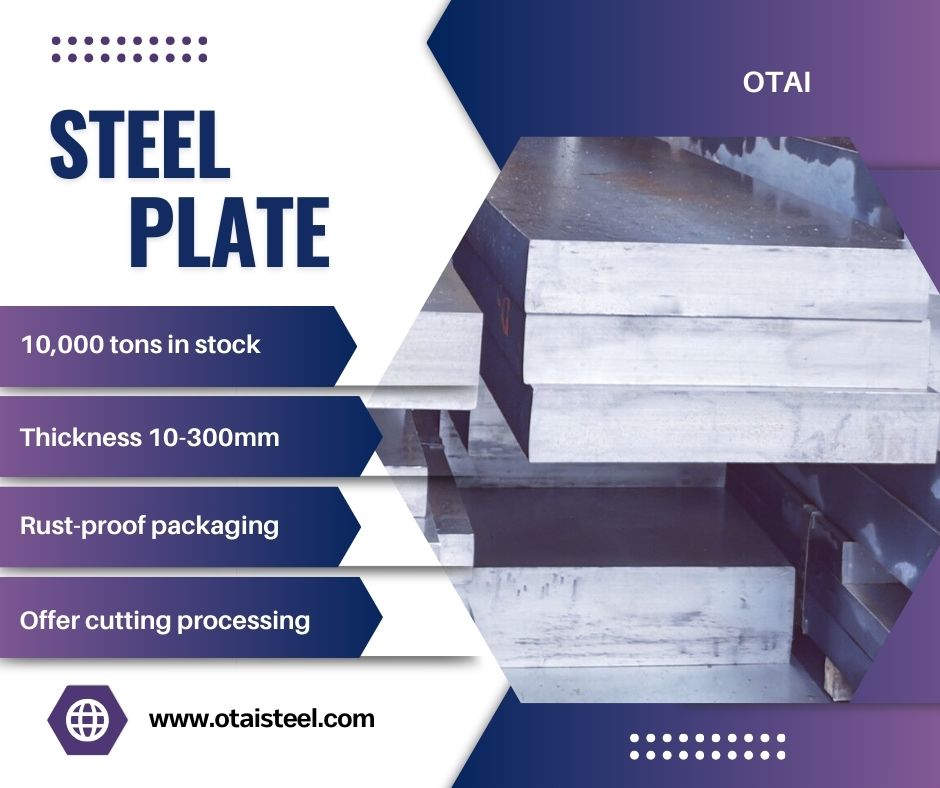 4140 Steel Plate Equivalents: Detailed Insights and Comparisons
4140 Steel Plate Equivalents: Detailed Insights and Comparisons
Hey there! When it comes to tough materials used in industries, 4140 steel is like the MVP. It’s super strong and versatile, making it a go-to for automotive, aerospace, heavy machinery—you name it. As the demand for top-notch steel grows, so does the need to know about its substitutes. This article dives into the world of 4140 steel, covering its traits, where it’s used, and why picking the right material matters for your project. Plus, we’ll check out OTAI, a top dog in 4140 steel and similar stuff, known for their huge stock and awesome service.
What Makes 4140 Steel Special?
Chemical Makeup and Properties:
4140 steel is a chromium-molybdenum alloy, prized for being both hard and tough. Chromium adds wear resistance, while molybdenum boosts strength at high temps. This combo makes 4140 ideal for tough jobs needing durability and load-bearing chops.
Strength Stats:
The mechanical side of 4140 steel is impressive—it’s got high tensile strength and bends without breaking. You can tweak its hardness through heat treatments, making it perfect for everything from heavy-duty gears to precision parts.
Fights Corrosion and Wear:
Thanks to its alloy blend, 4140 steel stands up well against rust, making it popular in harsh environments. It’s also tough under pressure, which means parts made from it last a long time.
Equivalents and Substitutes
Global Matches:
Knowing what else can do what 4140 does is key for global sourcing. Think En19 in the UK, 42CrMo4 in Germany, or Japan’s SNCM439—they share similar traits, which helps when 4140 isn’t around.
Performance and Cost:
Each alternative has its pros and cons. Checking how they stack up in performance and cost is smart—gets you the right fit without splashing too much cash.
Regional Rundown:
What’s available where can change based on local rules and what’s made nearby. This helps firms find the best steel at the best price.
Alternatives to 4140 Steel
Other Options:
If 4140 isn’t your jam, look at 4340 steel or A387 grade 22. They’re close but might differ in how hard they get or how easy they are to weld.
Testing Their Skills:
Before committing, test how substitutes stand up—see if they can handle the heat, take a hit, and stay strong over time.
Bang for Your Buck:
Cost matters too. Sometimes a cheaper substitute does just as well as 4140, making it a no-brainer for budget-focused projects.
Where 4140 Steel Shines
All Over Manufacturing:
4140 steel’s a workhorse in making stuff. It handles everything from big machine bits to tiny precise parts, making it a top pick for firms that need stuff to last.
Real-World Wins:
Looking at how 4140’s helped in real jobs—like making tough axles or gears—shows it’s up to snuff with big loads and wears like a champ.
Why OTAI Stands Out
Loads of Stock:
OTAI’s got 10,000 tons of 4140 steel plates in every thickness from 10mm to 300mm. Quick delivery and no waiting? That’s their game.
Extras You’ll Love:
Beyond just selling metal, OTAI cuts and shapes stuff to fit your plan. Precision’s their thing, making sure what you get is what you need.
Top-Notch Quality:
They’re all about quality. Big brands trust them to deliver top 4140 steel that meets all the specs—and then some.
Global Standards for 4140 Steel
Worldwide Good Stamps:
OTAI keeps things up to snuff with global rules, so their steel’s always on point. This helps firms keep things steady across their whole line.
Always Reliable:
By sticking to the rules, OTAI makes sure their steel’s the same every time. Consistency’s key for firms who need things to work right, every time.
Always Better:
Going above and beyond’s their thing. OTAI aims higher, so you get the best steel around.
4140 Steel Plate Equivalents: Detailed Insights and Comparisons
Getting why 4140 steel and its matches matter helps you pick the right stuff. OTAI’s there to help, with stacks of 4140 steel and smarts to back it up. Need the real deal or something like it? OTAI’s your go-to for all things tough and steel.
